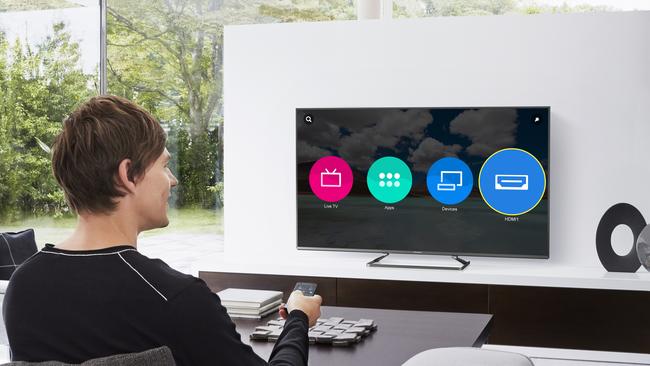4K changes the whole picture
The 4K revolution is here and it’s so much more than just higher screen resolution.
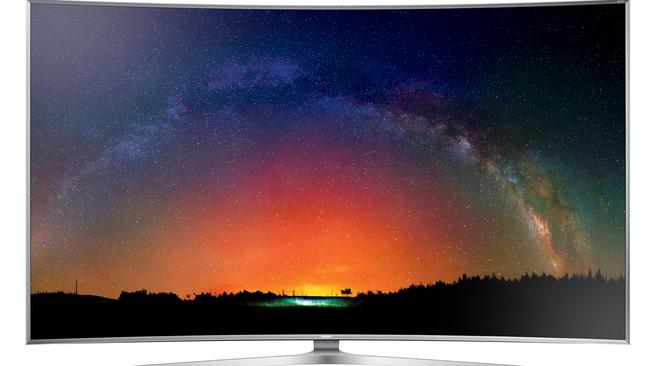
To say 4K TV is just about higher resolution is very 2014. Initially the drive to 4K, or ultra-high definition, resolution was about incredible sharpness but this year it’s much, much more.
In January, an alliance of TV manufacturers, film studios, Netflix, Intel, Dolby, nVidia and Realtek was formed to work on standards that needed to be applied throughout the entertainment industry.
The one thing there has agreement on is that compelling media experience goes beyond 4K, with high dynamic range, wide colour gamut, high frame rates and immersive audio all part of the premium experience.
With research firm IHS Technology predicting a growth of Ultra HD TV shipments from nearly 12 million last year to 96 million in 2019, there’s plenty at stake.
So what are these premium features? Wide colour gamut is about increasing the vibrancy, saturation and range of colour, and wider colour choices is one of the benefits of the newer organic LED panels comprising organic material that emit light.
Meanwhile, some backlighting on LED displays also use non-organic materials such as phosphor to increase the colour gamut.
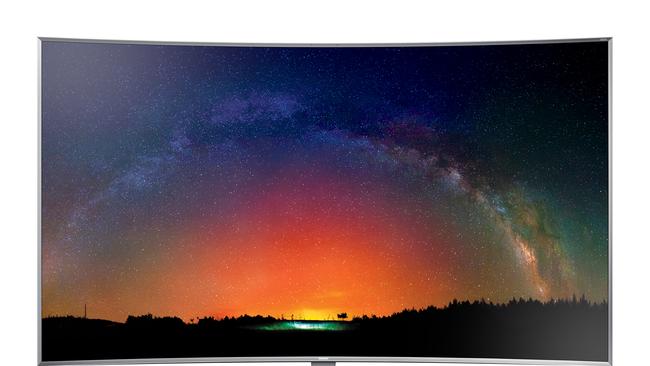
Higher dynamic range aims at a greater range of luminosity between the brightest and darkest parts of an image and more refined contrast. Still cameras and mobile phone cameras achieve this by taking multiple images at different exposures.
In the past, we’ve suffered from a poor dynamic range, say when watching an old horror movie where everything looks uniformly dark and images indiscernible.
The UHD alliance is also considering sound.
Sony, an advocate of high resolution audio, has a flagship model with HRA compatible with front-facing speakers, capable of playing native HRA tracks as well as upscaling sound to HRA quality.
There’s also the issue of standardising compression and decompression of 4K video and H.265/HEVC (high efficiency video coding) is the favoured option for now. Google has its own coding format called VP9. You need a special chip set to decompress 4K YouTube content. H.265 vs VP9 is a mini VHS vs Betamax standoff.
The jury is out on how best to stream 4K content across the internet into living rooms. NBN Co previously suggested a multicasting system where the same streams (channels) are sent to NBN points of interconnect similar to a subscriber cable system.
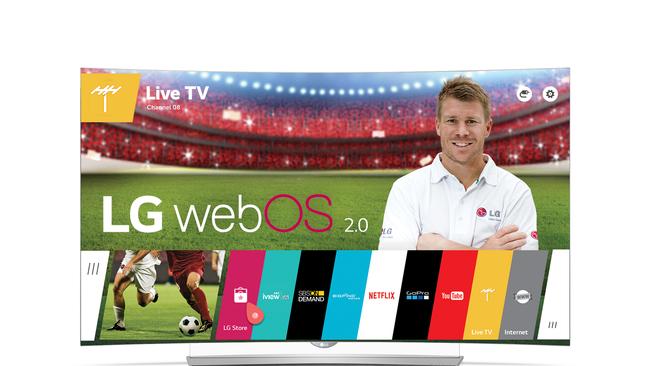
But in January, NBN acknowledged that delivery over 4K was complicated, involved parties upstream from NBN, and might not succeed even on 100Mbps fibre-to-the premises.
UHD movie files are too big for Blu-ray disks, but this month Samsung announced a Ultra HD Blu-ray player for disks with up to 128GB capacity.
Twentieth Century Fox says it will distribute 4K movie content suitable for these Samsung players. Such players are best option for accessing 4K content pending better online streaming options locally.
The range of UHD TVs are also quickly becoming more feature rich, and cheaper.
Samsung Australia says about 70 per cent of its current range is SUHD-branded 4K TVs and several models are curved. The preferred TV size of Australian users is getting bigger with strongest demand for around 55-inches.
Apart from SUHD TVs and its Ultra HD Blu-ray player expected next year, Samsung sells 4K resolution mirrorless cameras (NX1 and NX500) and 4K-capable smartphones such as Galaxy Note 5 and Galaxy S6 edge+.
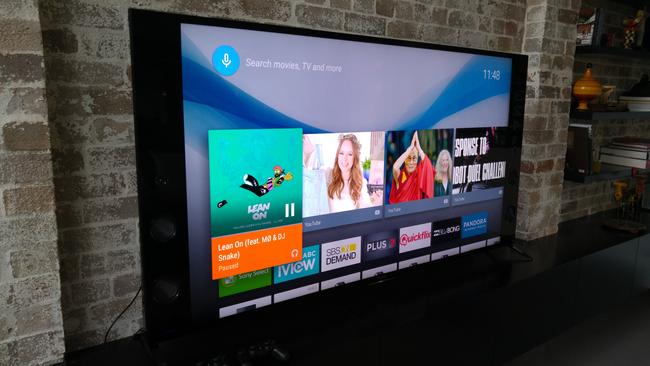
Meanwhile, LG is the first manufacturer to bring OLED panel 4K TVs to Australia with 55-inch and 65-inch curved models. They feature webOS 2.0, a refreshed version of the operating system that LG bought from Hewlett-Packard and adapted to TV. They support both H.265/HEVC and VP9 codecs.
Sony says it has developed a 4K processor that enriched clarity, colour and contrast and a proprietary algorithm that upscaled HD content to 4K UHD resolution. Its TV range had been the first to incorporate high resolution audio and more than half of it was 4K.
It focused on LED panels for 4K TVs which used the Android operating system. About 50 per cent of its local TV sales were for screen sizes above 47 inches with 55 inches popular in the living room.
Sony also sells 4K home cinema projectors and 4K capable AV receivers. Several of its Alpha and Cyber-shot RX series cameras, Handycams and smartphones were capable of 4K capture, including its new 4K Action Cam. It recently announced the Xperia Z5 Premium smartphone, which films in 4K and features a 4K smartphone display.
Panasonic says 2015 is its third year of 4K and more than 60 per cent of its Viera range is now 4K UHD. Its 4K range includes cameras, camcorders and its 2015 Blu-ray players have built-in 4K upscaling and selected models offered 4K JPEG and 4K video playback.
The 3D gimmick may have flopped in the lounge room but 4K is on its way to being the norm.
